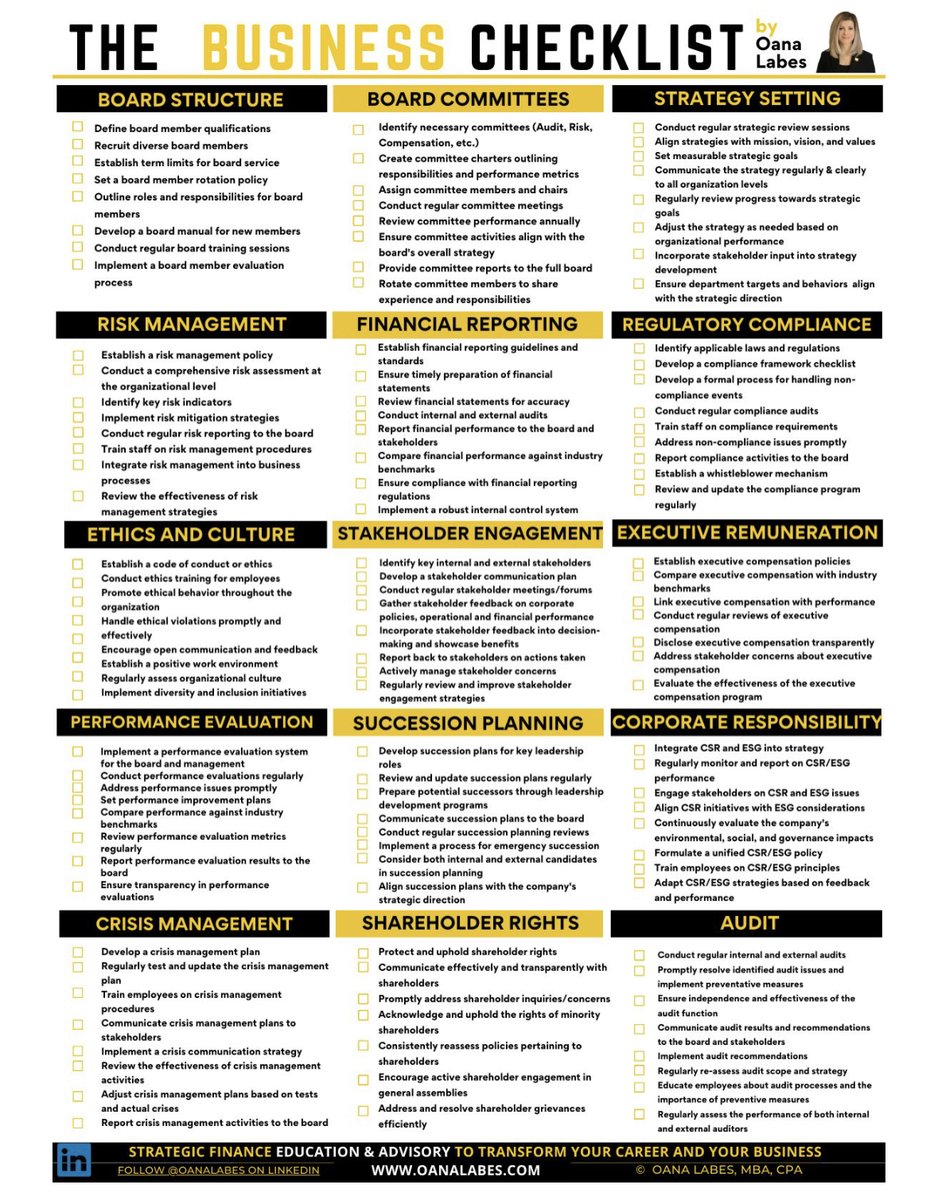Capitalizing = recognizing a cost on the balance sheet as an asset, and then regularly reducing the value of that asset by a depreciation expense on the income statement.
Statements impacted:
⚫Balance Sheet >> increased non-current asset balance
⚫Income Statement >> reduced profitability from increased depreciation expense
⚫Cash Flow Statement >>increased investing cash flows, and reduced ending cash balance or increased financing cash flows
⚫Balance Sheet >> increased non-current asset balance
⚫Income Statement >> reduced profitability from increased depreciation expense
⚫Cash Flow Statement >>increased investing cash flows, and reduced ending cash balance or increased financing cash flows
Key ratios impacted:
⚫Return on Assets
⚫Return on Equity
⚫Debt to Equity Ratio
⚫Asset Turnover Ratio
⚫Earnings per Share
⚫Return on Assets
⚫Return on Equity
⚫Debt to Equity Ratio
⚫Asset Turnover Ratio
⚫Earnings per Share
Examples:
➡️ software development costs that meet capitalization criteria
➡️ storage costs of whiskey barrels incurred in the process of ageing it
➡️ legal fees for developing your capitalized patent assets
➡️ software development costs that meet capitalization criteria
➡️ storage costs of whiskey barrels incurred in the process of ageing it
➡️ legal fees for developing your capitalized patent assets
Expensing = recognizing an expense on the income statement in the same period it was incurred, rather than spreading it over several periods as in the case of capitalized expenses.
Statements impacted:
⚫Income Statement >> reduced profitability from higher total expenses
⚫Balance Sheet >> reduced cash balance or increased liabilities
⚫Cash Flow Statement >> reduced operating cash flows
⚫Income Statement >> reduced profitability from higher total expenses
⚫Balance Sheet >> reduced cash balance or increased liabilities
⚫Cash Flow Statement >> reduced operating cash flows
Key ratios impacted:
⚫Return on Assets
⚫Return on Equity
⚫Debt to Equity Ratio
⚫Earnings per Share
⚫Interest Coverage Ratio
⚫Return on Assets
⚫Return on Equity
⚫Debt to Equity Ratio
⚫Earnings per Share
⚫Interest Coverage Ratio
Examples:
➡️ research costs to determine feasibility of developing your new software
➡️ storage costs of warehoused whiskey awaiting delivery to your customers
➡️ legal fees to defend against a supplier lawsuit
➡️ research costs to determine feasibility of developing your new software
➡️ storage costs of warehoused whiskey awaiting delivery to your customers
➡️ legal fees to defend against a supplier lawsuit
Key questions to answer:
•When to recognize: when future economic benefits associated with the item are probable and the cost of the item must be reliably measured
•When to recognize: when future economic benefits associated with the item are probable and the cost of the item must be reliably measured
•How much to recognize: initially must be recorded at cost, which includes all costs necessary to bring the asset to working condition for its intended use
•When to start depreciation: when the asset is available for use and continues until the asset is derecognized.
•When to start depreciation: when the asset is available for use and continues until the asset is derecognized.
•What about maintenance CAPEX:L it is expensed (maintains asset current condition and performance)
•What about improvement CAPEX: it is capitalized (increases asset capacity, efficiency, or lifespan)
•What about improvement CAPEX: it is capitalized (increases asset capacity, efficiency, or lifespan)
What about Tax
o expensing costs reduces the business taxable income, and lowers the tax payment for that year
o capitalizing costs spreads the tax benefit over the useful life of the asset with only the annual tax depreciation expense available to reduce annual taxable income.
o expensing costs reduces the business taxable income, and lowers the tax payment for that year
o capitalizing costs spreads the tax benefit over the useful life of the asset with only the annual tax depreciation expense available to reduce annual taxable income.
• • •
Missing some Tweet in this thread? You can try to
force a refresh

 Read on Twitter
Read on Twitter










